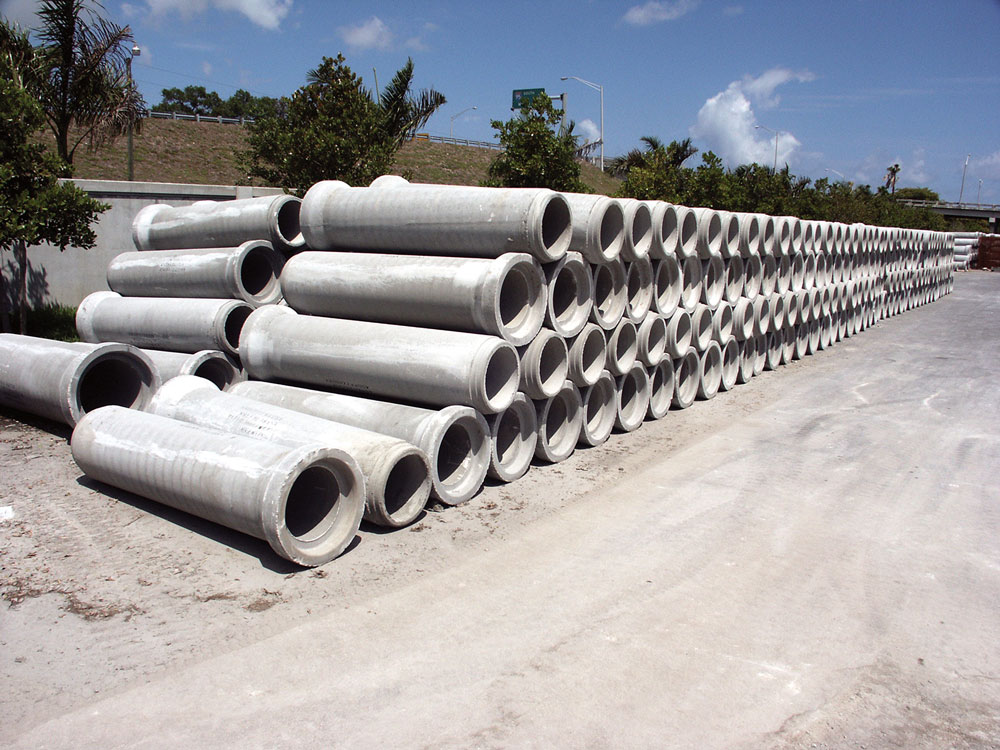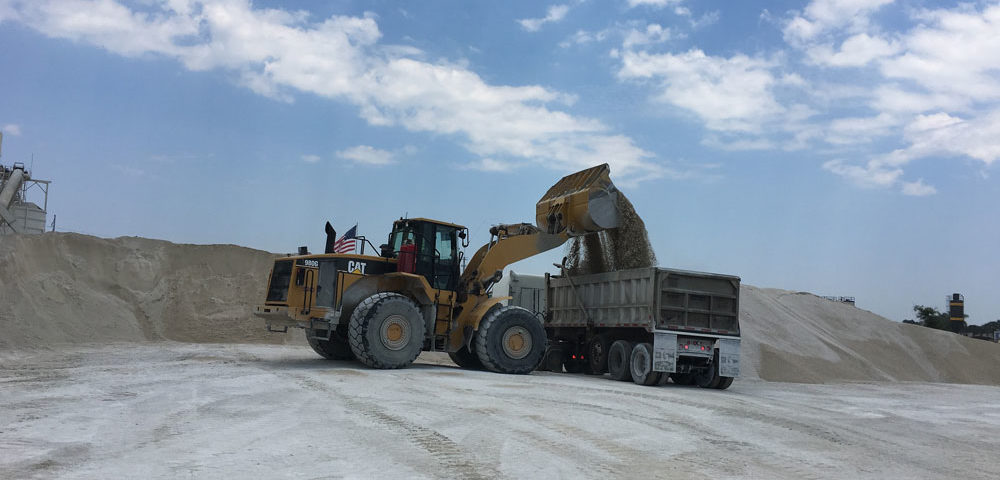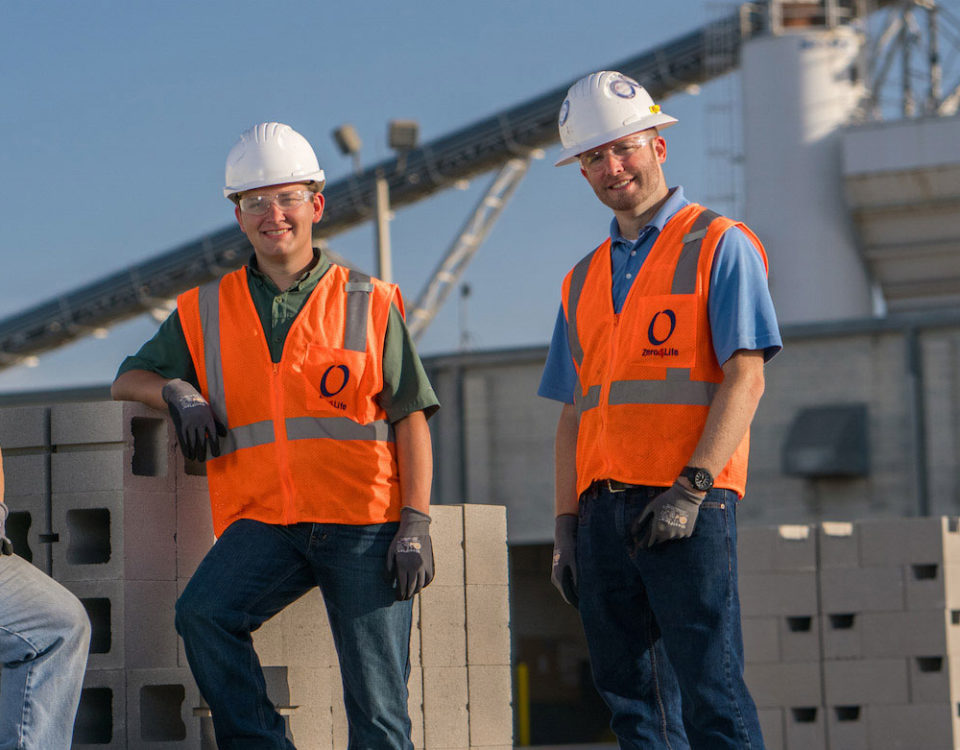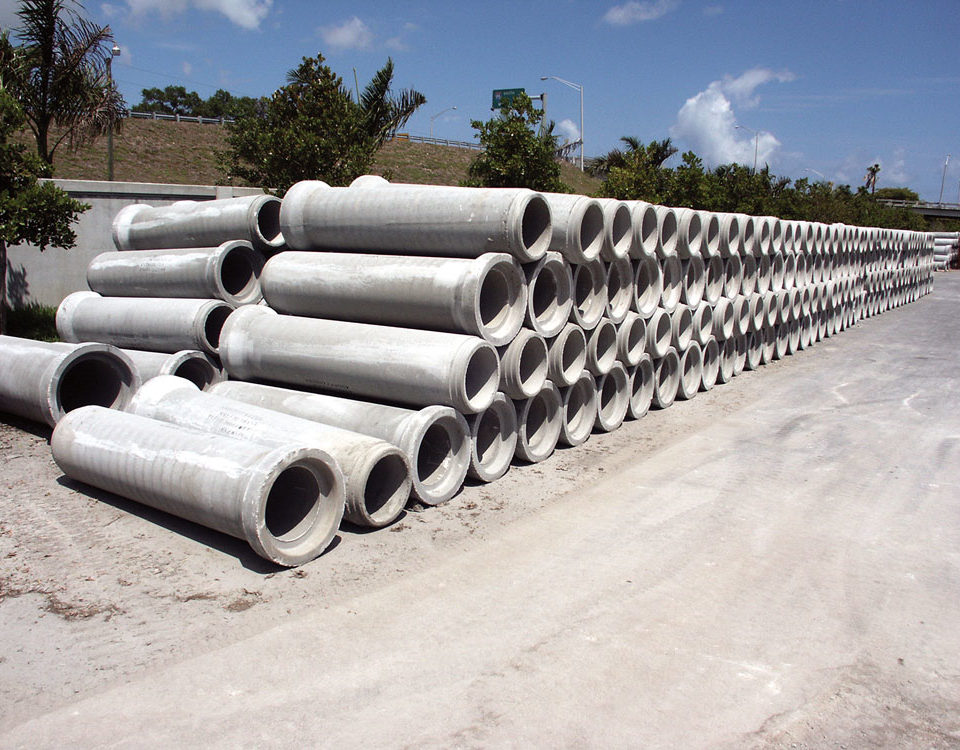
Miami-Dade’s Limestone Products Industry Makes Historic South Florida Wetlands Restoration Possible
July 19, 2023
Supplying Essential Resources to Miami-Dade County
November 30, 2023Understanding The Miami-Dade Lake Belt: How this 78-Acre Region Became the Backbone of Florida’s Construction Aggregate Supply
Do you know where all that cement comes from, which is used to build things that we take for granted everyday? From the roads we drive on, the bridges we cross, the schools where we send our kids, the hospitals that care for our families, and even your favorite neighborhood ventanita where you savor your morning coffee. Well, the answer might not be as mysterious as you think! It comes from the Miami-Dade County Lake Belt – an essential source of construction materials that shape modern day Miami-Dade County.
Nestled in northwest of Miami-Dade, the 78-acre Lake Belt region has a storied history of limestone mining, dating back to the 1950s. Located far away from neighborhoods or cities at the time, the Lake Belt contains Florida’s highest quality limestone aggregate, and plays a pivotal role in creating cement and various construction aggregates. It’s the “secret” ingredient that makes our daily routines possible.
The Lake Belt’s significance cannot be underestimated. Historically, it has supplied around 50 percent of Florida’s FDOT-grade construction aggregate, making it a crucial cornerstone of the state’s development. But its importance doesn’t stop there — the Lake Belt Plan, a visionary collaboration between industry stakeholders, environmental groups, and government agencies, has been in place since 2002. This comprehensive long-term plan enables an essential industry to power environmental preservation.
The Lake Belt Plan Carefully limits the limestone producers’ area of operations, provides funding for environmental investments, and reserves land for vital preservation efforts. The plan’s critical “buffer zones” protect the Everglades, ensuring that development and environmental preservation work hand in hand.
Florida’s construction industry thrives on the Lake Belt’s limestone products. Around 45-50 million tons of aggregate per year are produced from this region, efficiently supplied to various markets through trucks and rail. Its vast reserves feed the ever-growing demand on the east coast.
Beyond construction, the Lake Belt plays a significant role in supporting the Comprehensive Everglades Restoration Plan (CERP). The reservoirs formed by mining activities serve as essential water storage for nourishing the iconic River of Grass.
So, the next time you find yourself traveling on smooth roads, crossing sturdy bridges, or enjoying the comforts of modern infrastructure, remember the unsung hero beneath it all – the Miami-Dade County Lake Belt. It may not be “epic”, but it certainly has a captivating story to tell, one that has shaped the world around us. It even serves as an important buffer to protect ecologically-important habitat, funds Everglades Restoration and land preservation. Keep appreciating those everyday marvels, and cherish the role of the Lake Belt that keeps our world well-cemented!
##



